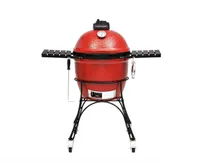What is a kamado grill, and how do they work?
Experts weigh in on the benefits of this unique, dome-shaped grill
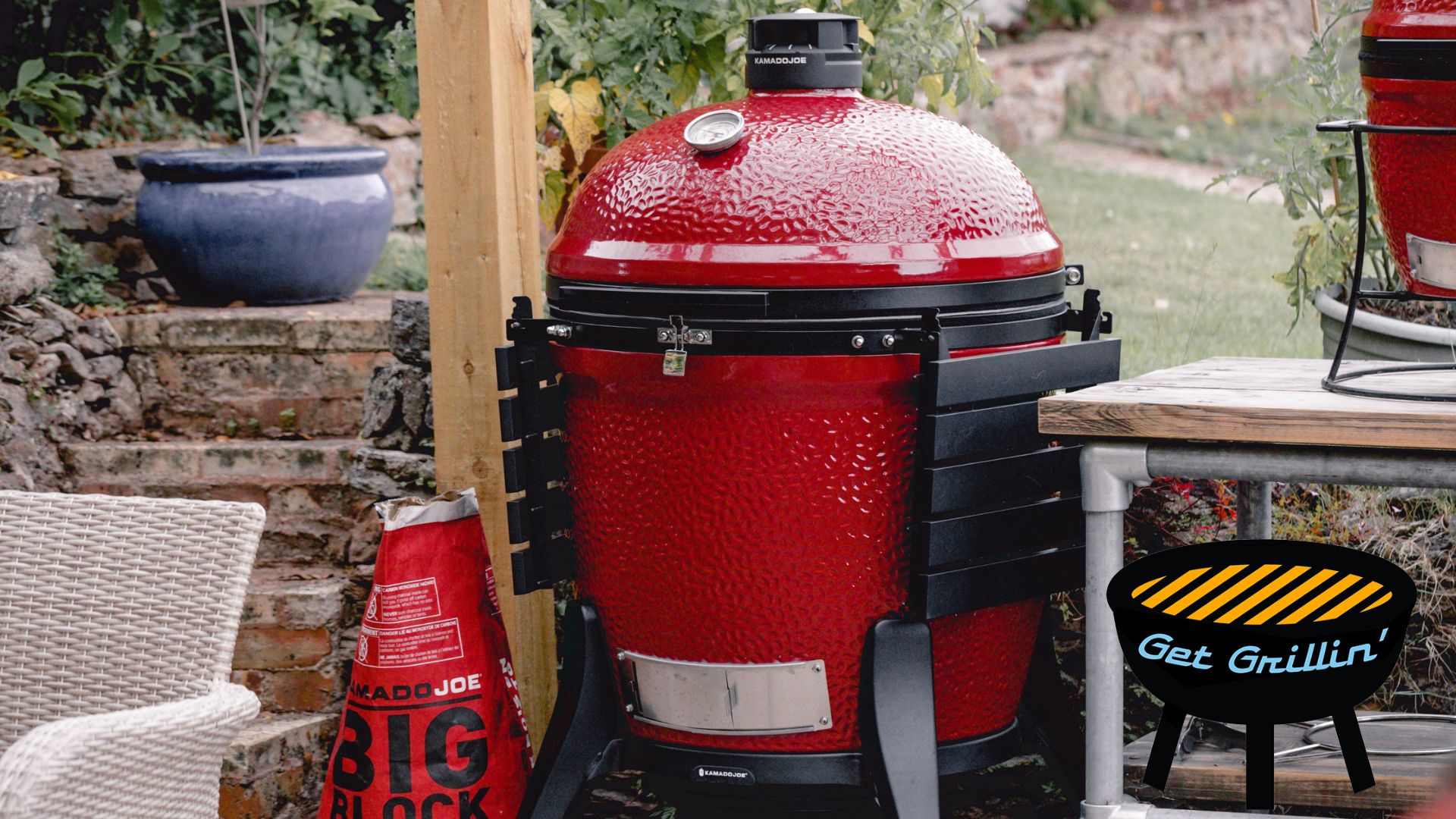
Grilling season is here, and it's Get Grillin' Week here at Tom's Guide. As the weather heats up, you might be rethinking your current grill situation. And if you’re considering investing in the best grill for your yard this year, you may well have come across the name “kamado grill.”
So, what is a kamado grill, and how do they work?
A kamado grill is a type of ceramic charcoal grill characterized by its distinctive egg-shaped design. They’ve gained popularity in recent years thanks to their versatility, easy temperature control, and great flavor.
We tapped two grilling experts to learn more about kamado grills and determine whether they live up to the hype.
The history of Kamado grills
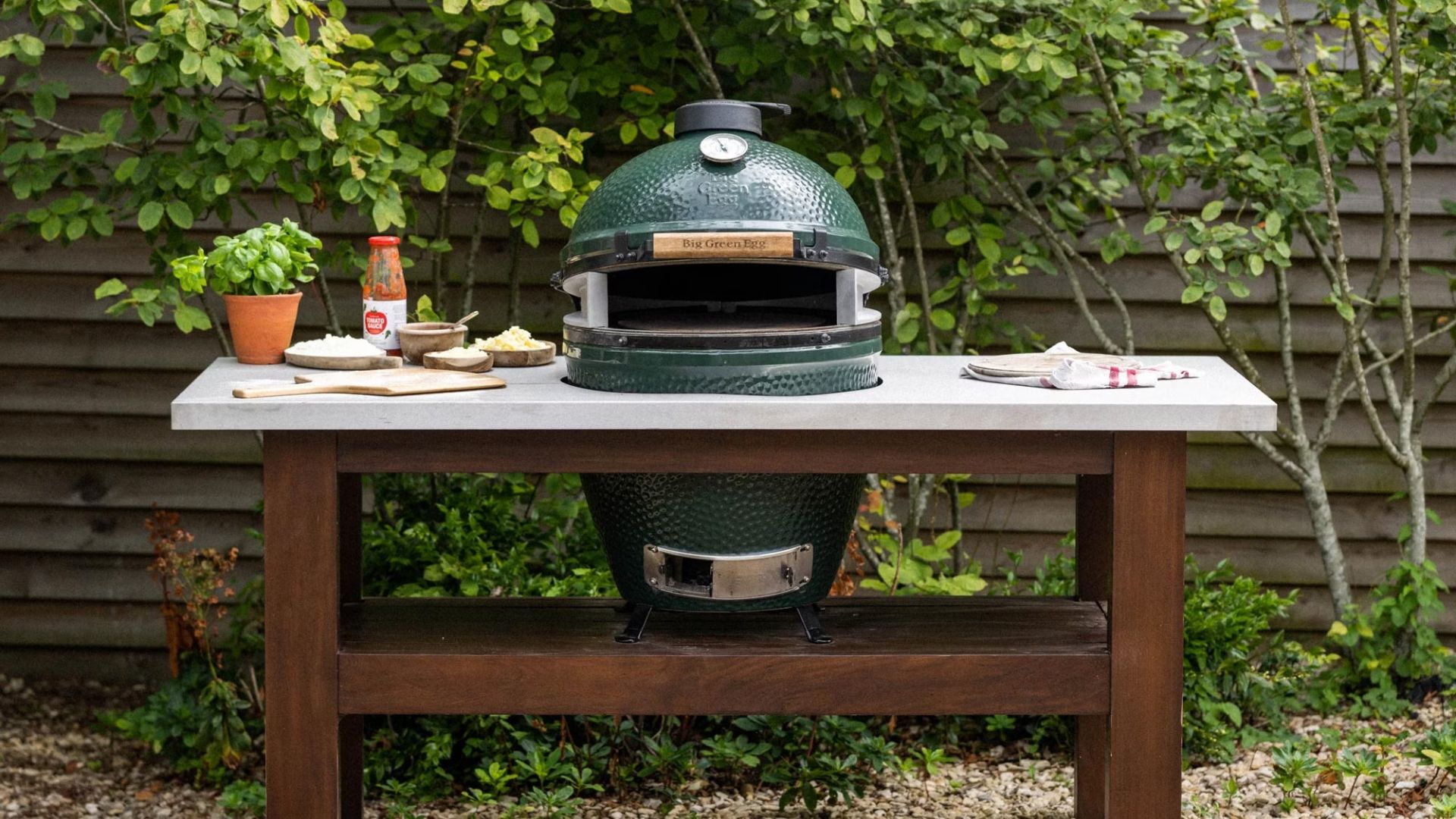
Kamado grills have been used for centuries by chefs in China and Japan. Archaeologists have discovered clay cooking pots dating back 3,000 years, which they believe are the earliest examples of the modern ceramic kamado grill.
The word “kamado” translates to “stove” or “cooking range” in Japanese, providing insight into their functionality. Essentially, a kamado grill functions like a charcoal stove, capable of searing steaks, grilling burgers, baking pizzas, smoking brisket, and more.
Today, kamado grills are more popular than ever, with several brands offering models at various price points to accommodate a range of needs and budgets.
Get instant access to breaking news, the hottest reviews, great deals and helpful tips.
Today's market
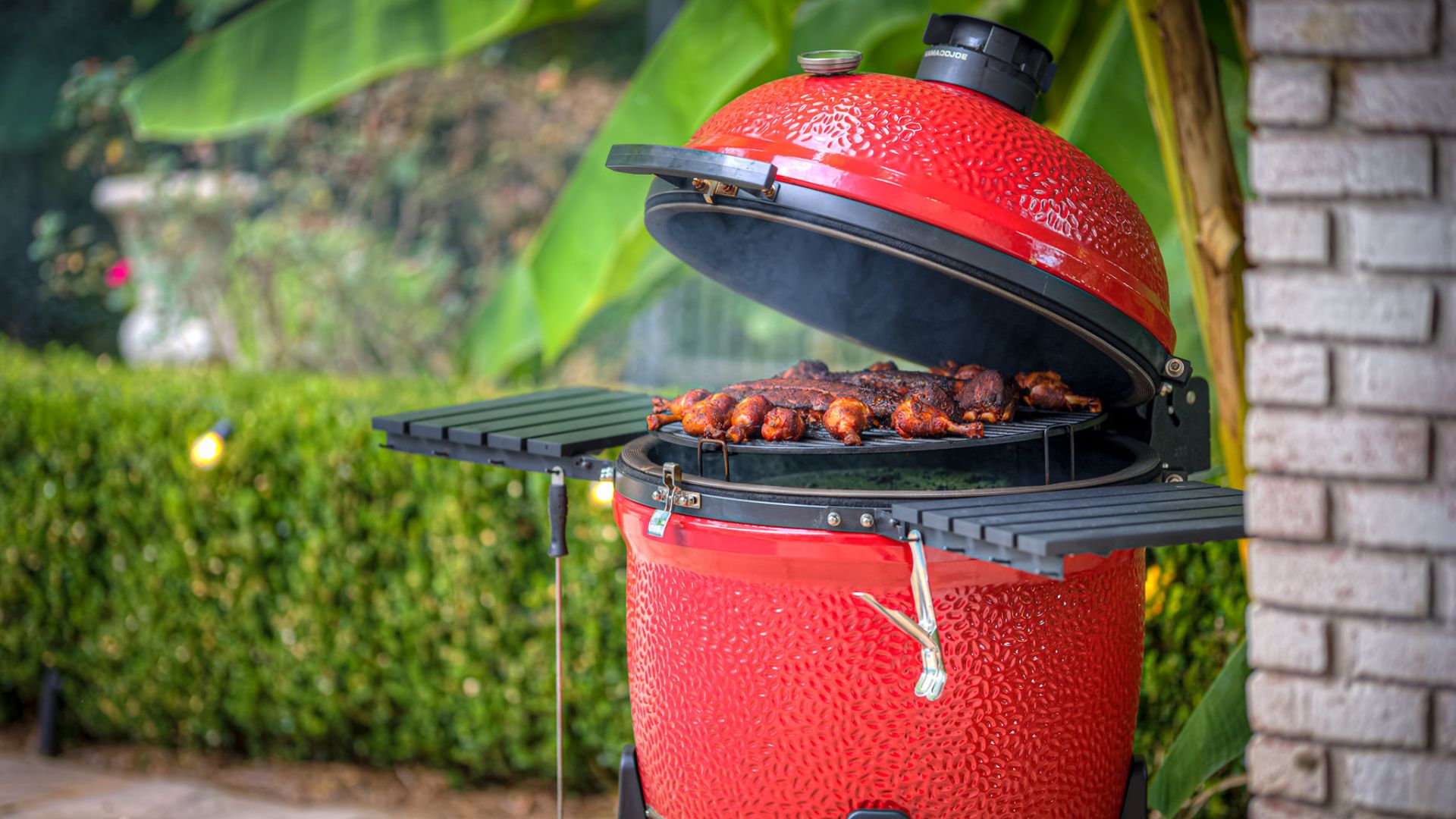
As kamado grills have grown in popularity, several brands have jumped on the bandwagon.
The two most popular brands in the U.S. today are Big Green Egg (the kamado grill pioneer in the American market) and Kamado Joe.
However, established grill-makers like Weber, Char-Griller, and Grilla Grills have also entered the kamado grill market. There’s more choice than ever before.
You can get a basic kamado grill from Char-Griller for $200 to $400. However, you can also spend as much as $1,000 on a Kamado Joe Classic Joe grill or $1,600 on a Big Green Egg XLarge.
Essentially, there’s a kamado grill for every budget.
The OG Kamado Joe, this bold red option offers 250 square inches of cooking space and a cast iron top vent to maintain a consistent temperature in the grill. It also comes with a stand and side shelves.
How they work
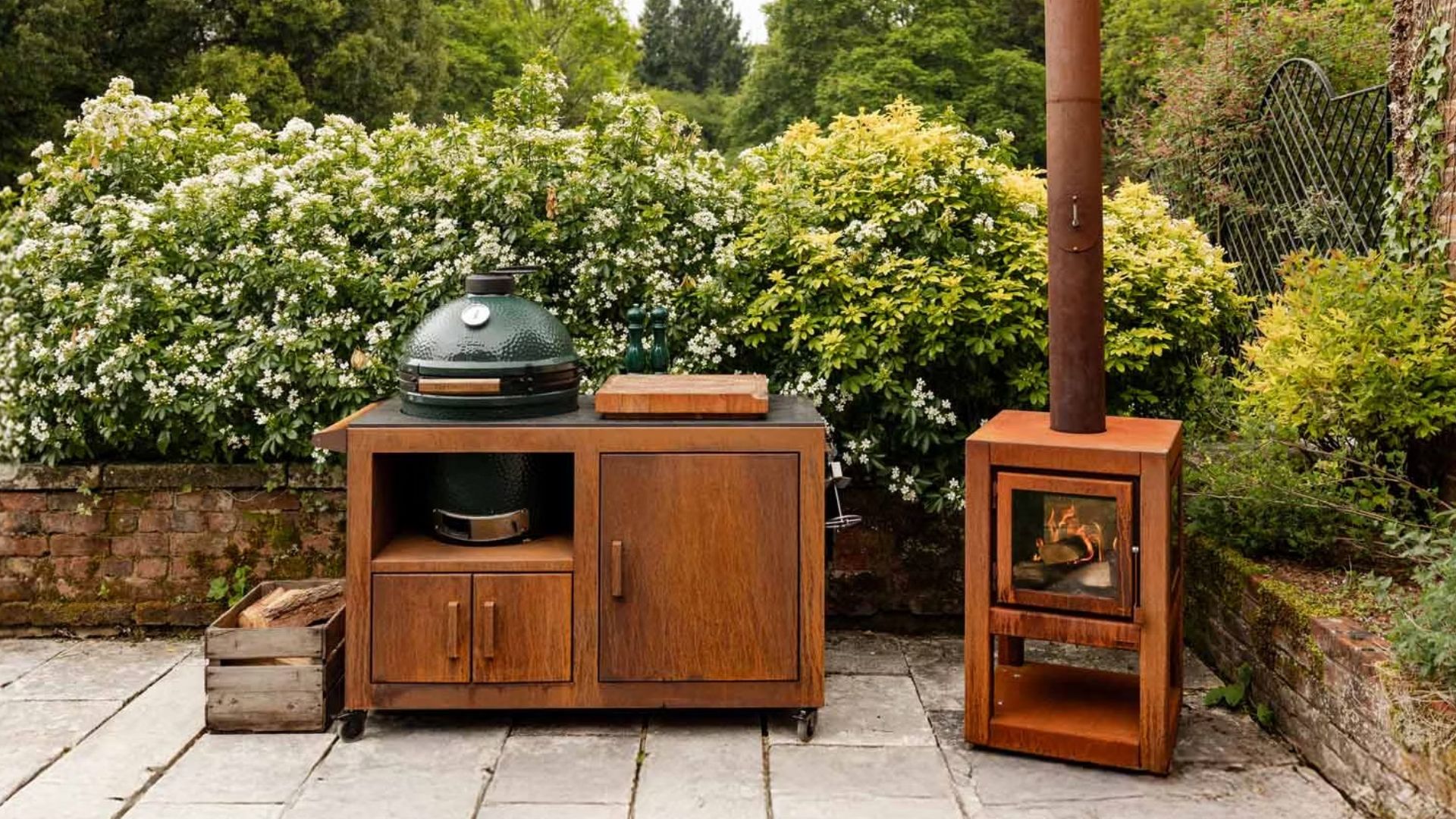
“Kamado grills are made of ceramic and operate in the same function as a drum smoker,” explains Shannon Snell, pitmaster at Sonny’s BBQ. “Coals and wood are started with fire and placed in the bottom of the kamado. Air vents located at the bottom are used to control oxygen airflow and regulate temperature.”
Daniel P. Craig, founder and editor-in-chief at Kitchen Deets, explains how kamado grills utilize airflow to regulate temperature and cook a variety of foods. “By adjusting the top and bottom vents, I regulate oxygen flow to the charcoal, controlling temperature from 225°F for smoking to over 700°F for pizza,” he says. “The thick ceramic walls create consistent, radiant heat that circulates efficiently.”
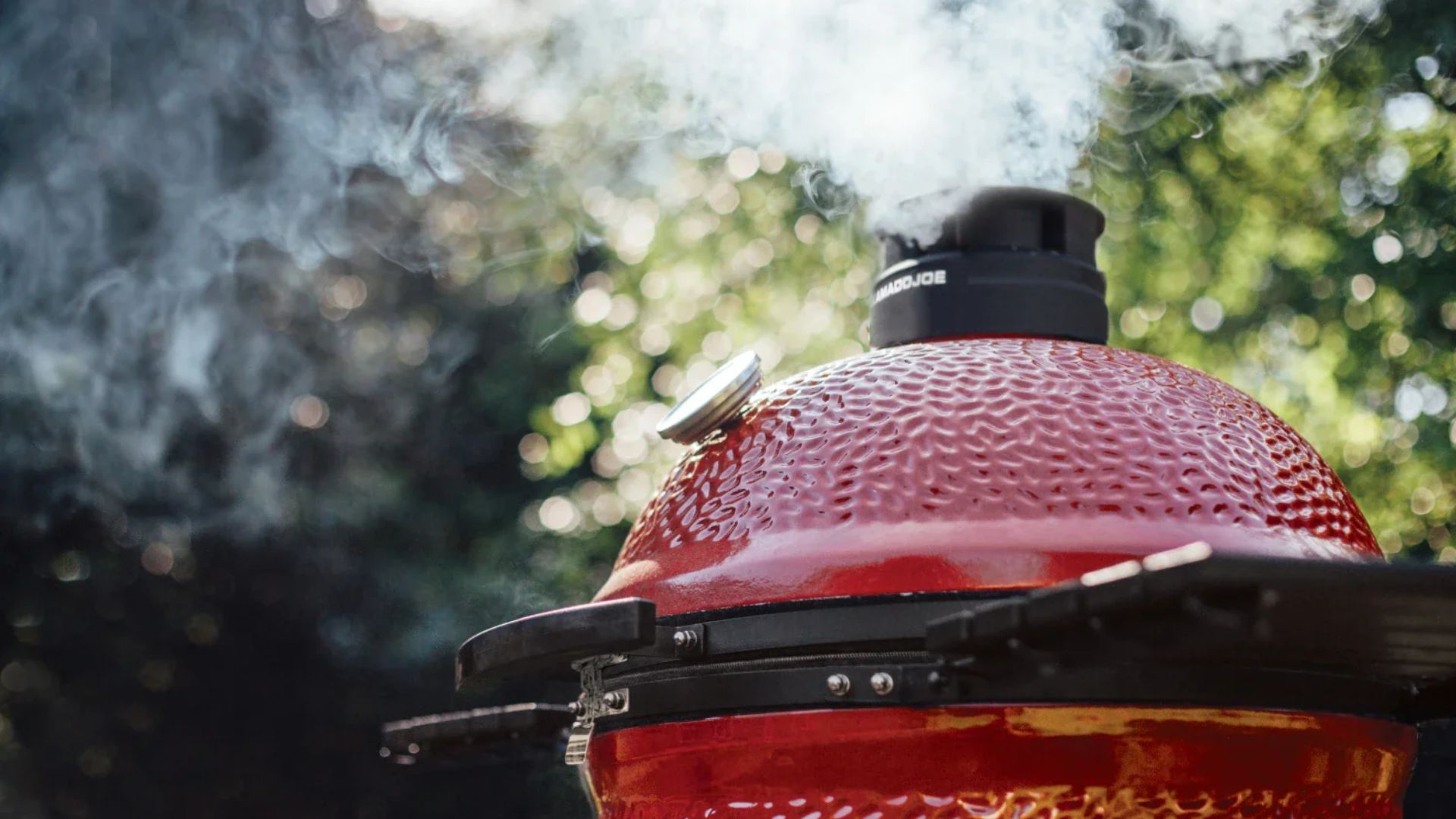
This unique design enables kamado grills to excel at heat retention. “Ceramic grills hold heat better than any grill on the market,” Snell says. “They are generally sealed very well and are nearly indestructible.” The dome shape allows for heat distribution from all directions, so food cooks evenly. Traditional rectangular grills often have hot and cold spots because of their shape.
Kamado grills are also extremely fuel-efficient compared to other types of grills. “The fuel efficiency amazes me—I can smoke for 12+ hours on one load of charcoal,” explains Craig. “Kamado retains moisture better than any other grill I've used, preventing that dry barbecue I occasionally get from my offset.”
“Ceramic grills hold heat better than any grill on the market”
The efficiency and versatility of the kamado grill mean you can cook a wide variety of foods. You can use a low and slow heat to cook ribs, pork butt, spatchcock chicken, and more. You can also crank it to a searing high heat for steak, pizza, and burgers. Grilling, smoking, baking, roasting—the kamado can do it all.
How to choose
If you’re thinking of buying a kamado grill, there are several factors to consider first.
Learning curve
Kamado grills are more complex than other types of grills, especially for beginners. “The learning curve frustrated me initially — temperature adjustments take time, and I've overshot my target more than once,” Craig says. “The ceramic can crack if heated too quickly, as I learned with my first unit.”
Snell agrees. “This grill does require a bit of flame management, and the temperature can be a little tricky when trying to even it out,” he says.
Flavor potential
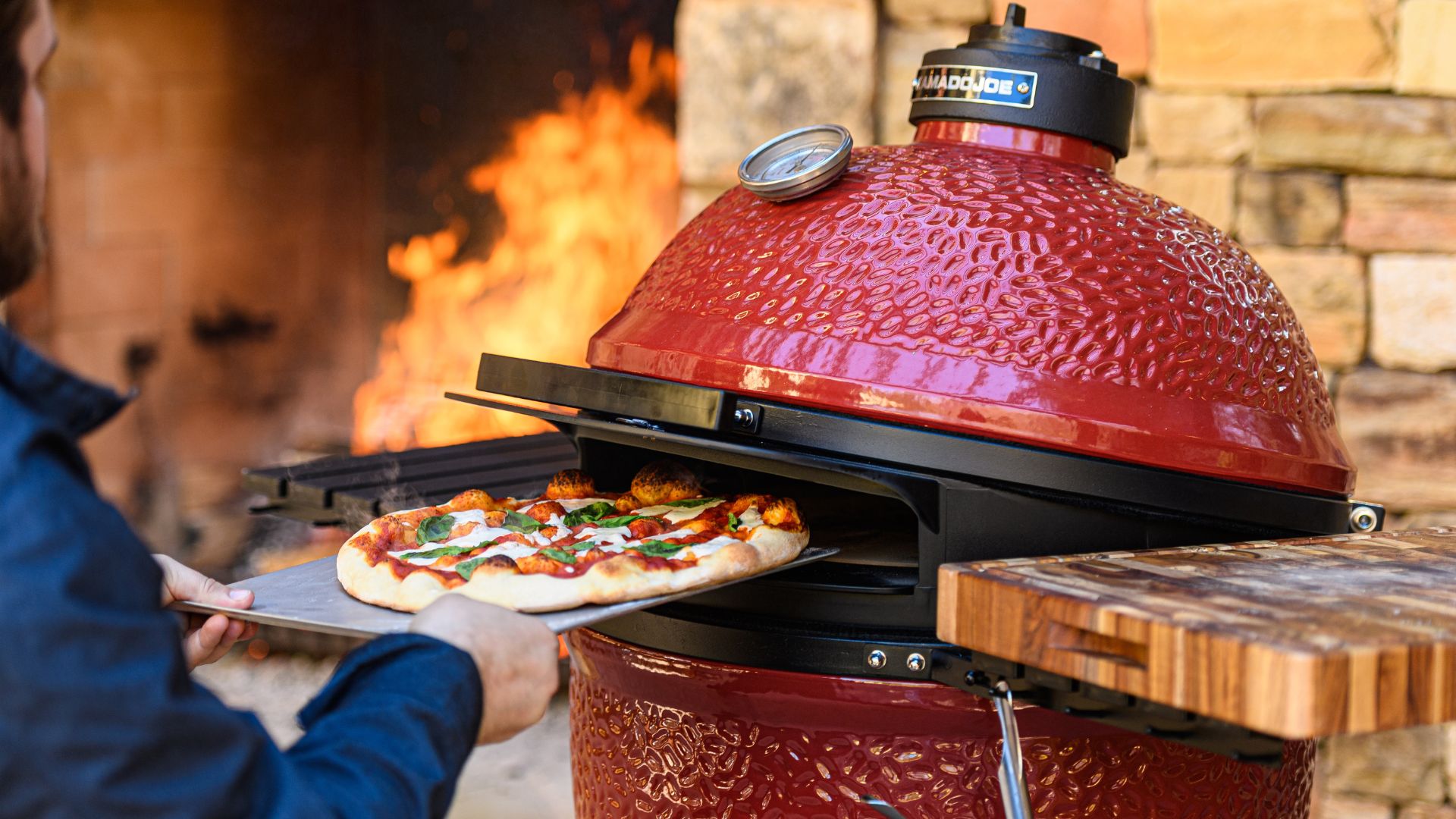
However, if you’re willing to learn proper kamado grilling techniques, the result is unmatched. “Kamado bridges the gap between my gas grill's convenience and my offset's flavor capability,” says Craig.
“It produces better smoke flavor than pellet grills while being more user-friendly than traditional smokers.”
Longevity
“It is nearly indestructible, does not rust, and lasts quite a while before you have to replace it,” says Snell. “Also, once the vents are set and the temperature evens out, this grill is one of the most consistent when it comes to using charcoal and wood.”
Size
Consider your available space before purchasing a kamado grill. Although the grill itself doesn’t take up a lot of space, you’ll need to ensure the grill has proper airflow beneath it for optimal cooking.
You’ll also need to consider space for food preparation and trays—many kamado grills have side shelves to accommodate this, but others do not. You can also choose from several different sizes to fit your space, though smaller-sized grills will have less room for cooking food.
Is it right for you?
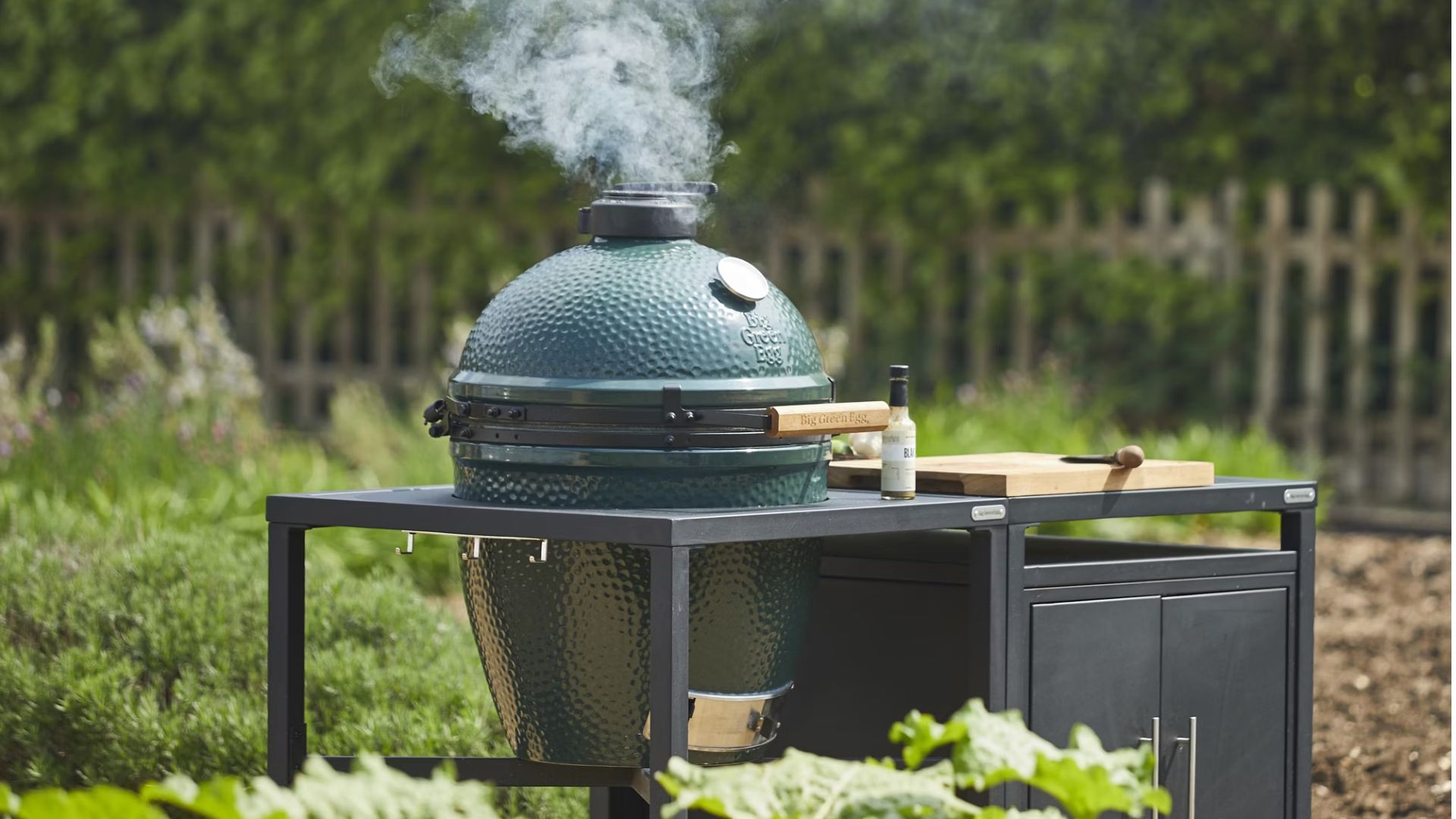
Ultimately, your decision on whether to buy a kamado grill depends on your budget, experience level, and willingness to learn. “Kamados work best for patient grillers who enjoy the process,” says Craig.
“I recommend them for cooks wanting versatility without multiple units, those interested in both grilling and smoking, and anyone who values fuel efficiency over convenience. They're perfect for the enthusiast willing to master temperature control through practice.”
Snell agrees. “Intermediate grillers would do well with this grill,” he says. “This grill requires some understanding of how oxygen affects the temperature of the grill, but it's also user-friendly and controlled by a single air vent.”
If you love the taste of grilled, smoked, and wood-fired food and want to learn a more traditional grilling technique, you can’t go wrong with a kamado grill.
More from Tom's Guide
- I tried the Masterbuilt Gravity Series 1150 Digital Charcoal Grill and Smoker, and it's ideal for summer feasting
- I spent a week cooking on the Spider Grills Huntsman, and it's the only grill you'll ever need
- How to make the perfect smash burger on your flat top grill, according to a pro chef

Catherine Hiles has over a decade of experience writing and editing on various topics, including home improvement, personal finance, home finances, pet ownership, and parenting. Her work has been featured on BobVila.com, TIME Stamped, The Penny Hoarder, and more. In her spare time, Catherine enjoys running, reading, spending time with her kids and dogs, and tackling projects around the house.
You must confirm your public display name before commenting
Please logout and then login again, you will then be prompted to enter your display name.
